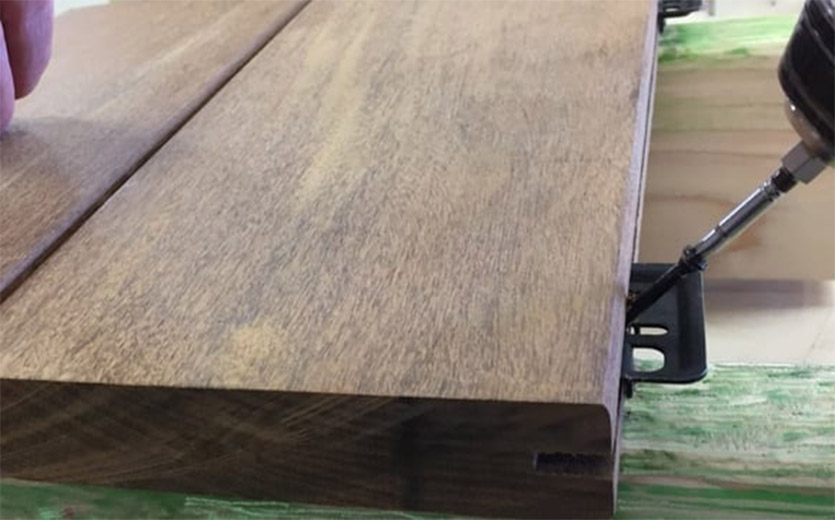
When you are building an outdoor deck, there are many decisions to be made. One of those important decisions is whether or not to use hidden fasteners. Hidden fasteners are a novel idea that can make your composite decking look better. With the advancement of technology, hidden fasteners are becoming more and more popular today. It provides an aesthetic solution to the design of composite decking. They are out of sight and all you are able to see is the clean, unmarked surface of the deck. Hidden fasteners also provide homeowners with a solution to the problem of exposed nails or nails hurting their feet. With so many benefits, it’s no surprise that more and more people are using it. Hidden fasteners allow the deck to be attached to the frame without using any visible nails. While this may seem like a good option to give your composite decking a clean and unobstructed look, it also has many issues that need attention. Next, we will focus on, whether hidden deck fasteners are worth it.
Considerations for Hidden deck fasteners
Durability
Hidden deck fasteners look great, but their performance may not be as impressive. Because you can’t see it at all times, hidden fasteners give your composite decking a cleaner, more unobstructed look. However, it is important to note that if you use hidden fasteners, you are sacrificing the outer strength of the composite decking. Although hidden fasteners are designed to allow for the expansion and contraction of the deck. But there are still some composite decking materials that are prone to warping, cracking, or denting. If this problem occurs, it can cause very serious damage to your deck and can even affect the life of the composite decking. So when installing concealed fasteners, more consideration needs to be given to durability issues.
Price
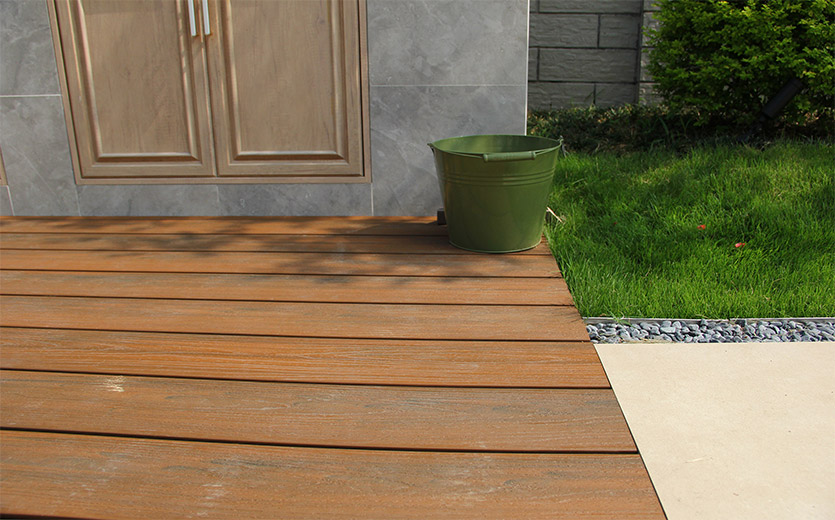
Hidden deck fasteners can be much more expensive than traditional deck screws or nails. This means you will need to spend more on installation costs and initial costs. Also, if you want to use hidden fasteners, you will need to cut a specific notch at the top of your deck. This is used to install your hidden fasteners. These operations are time-consuming and labor-intensive, so you will need to spend more on labor costs. It is also important to note that concealed fasteners are very troublesome to maintain. You will need to use some special tools and materials to do so. This will also cause you to spend more costs.
On the contrary, for traditional screws. Although it is visible, it has a much lower initial cost and is much easier to install. And it is much cheaper to maintain and if necessary, the deck can be replaced by simply removing the screws in place.
Robust
Hidden fasteners are not as strong as traditional screws. Using the traditional method of fastening the deck directly through to the joists is the strongest way to install a deck.
If you live in an area with harsh seasonal weather and want your deck fasteners to be strong and durable. The traditional stainless steel screws are better for you. If you don’t like the look of ugly screws above the deck, choosing hidden deck fasteners is worth it.
Easily affected
Composite decking is exposed to all kinds of weather extremes. Sun, rain, ice, snow, and weather all kinds of things can happen. Your deck will swell or shrink with moisture content, which can be a problem even with durable composite decking. Expansion and contraction can also affect concealed fasteners, which are attached by one edge of the deck. When your deck is dry, the fastener shrinks. When the deck absorbs water and expands, it expands with it.

Scenarios for Hidden deck fasteners
Hidden fasteners are used on some narrower, thicker decks. When you use hidden fasteners on a deck, the side with the screws will remain stationary and the other side may move in expansion or contraction. This will change the width of the gap between the decks. But narrower decks can solve this problem very well. A narrower deck expands and contracts less than a wider deck, and the change in the gap between the decks is not particularly noticeable. In addition, narrower decks provide more fastening force. Some calculations have shown that narrower decks can increase the fastening force by about 50%.
A thicker deck is stronger than a thinner deck. It helps stabilize the frame of the deck and makes the deck perform better. Therefore thicker, narrower decks are ideal for concealed fasteners. Note that 5/4 x 4 nominal decks and 21 mm x 4 nominal decks work best with concealed fasteners.
Where not to use concealed fasteners
There are certain places and conditions where concealed fasteners must not be used. This can have a very serious impact on your deck and can even cause injury to the user.
- Decks that are less than 30 inches from the ground.
- Inadequate ventilation or poor drainage in the area below the deck.
- Main deck with a nominal width of 6 inches.
Conclusion
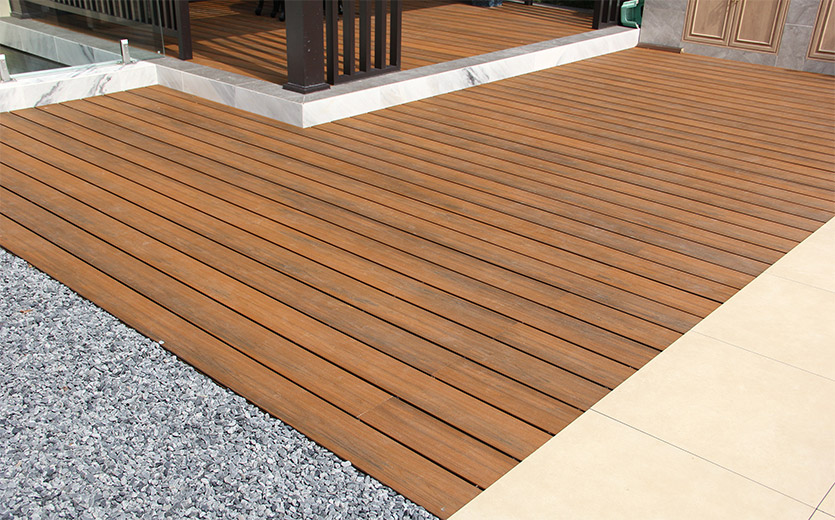
In summary, hidden deck fasteners are worth it, but it also depends on the specific situation. Hidden fasteners can provide you with a great look, but they require more expense and cost and are more demanding to install. It’s important to consider all the pros and cons when deciding which type of fastening is best for your outdoor deck. If you are willing to pay more and don’t want your deck to look less aesthetically pleasing, then hidden fasteners are a good choice for you. If you feel that the durability of securing your deck is more important, then go with traditional screws or nails to secure it.


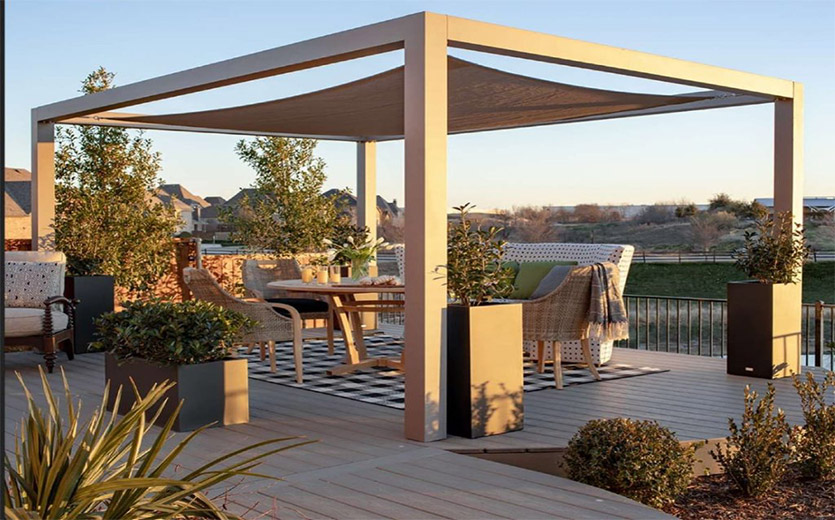
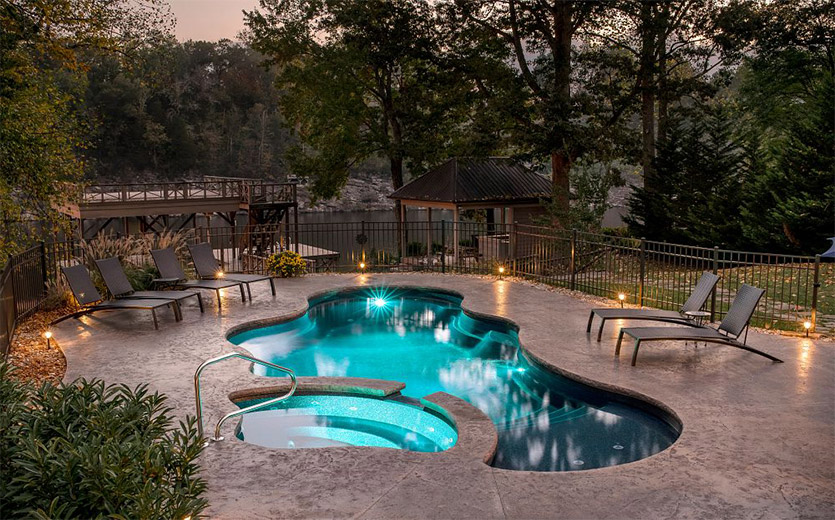
Post a Comment